North Atlantic Ocean
Southampton, England to New York, USA aboard the Queen Mary 2
July 20-27, 2011
All Photos are Copyright Marshall Faintich
Wildlife Home
|
|
After spending a week in rainy London, England, Alice and I took a bus from London's Victoria Coach Station to the docks in Southampton. As we did last October 2010, we boarded the Queen Mary 2 for our return trip to the states. This summmer's voyage took almost the exact same route, but lasted a day longer than the voyage last autumn. (October 2010 blog page). The map pictures below show locations by date for both trips.
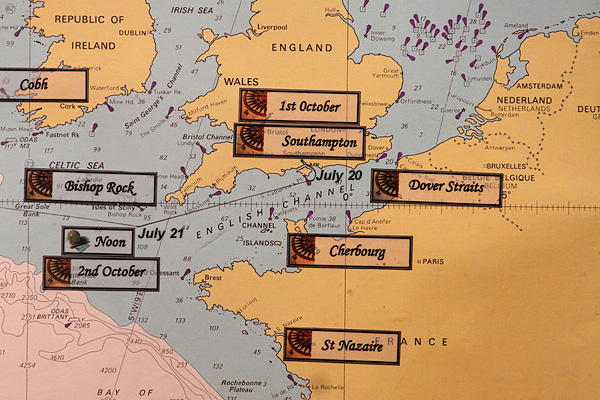
July 20-21, 2011
As we sailed from Southampton I saw Black-headed, Herring, and Great Black-backed Gulls. The first full day of the trip was uneventful, except for a few Gannets. An immature Gannet was flying along with an adult, and the immature Gannet made a close approach for some close-up shots.
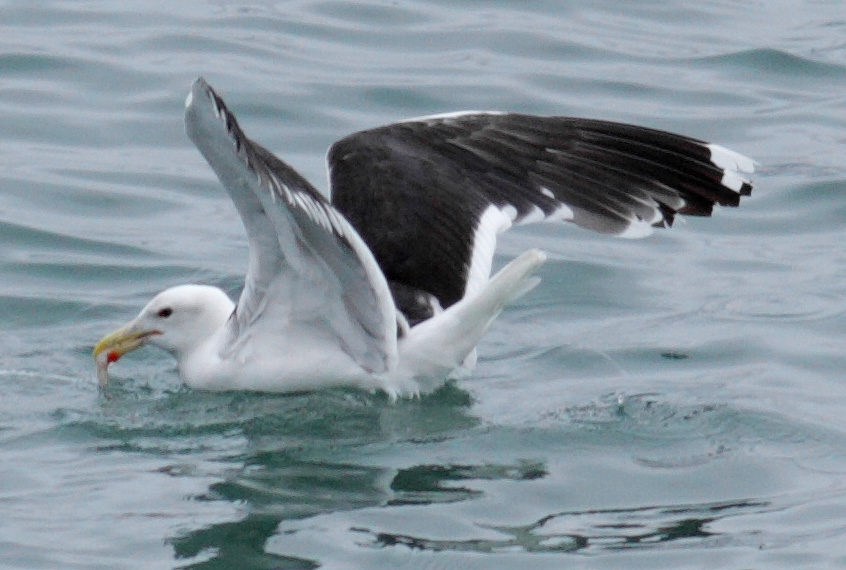
Great Black-backed Gull
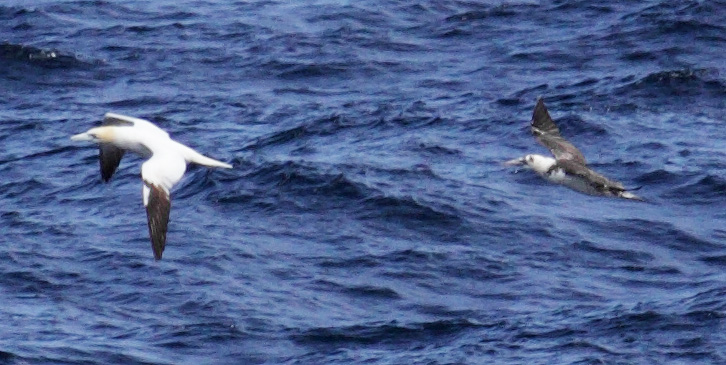
Gannets

Immature Gannet
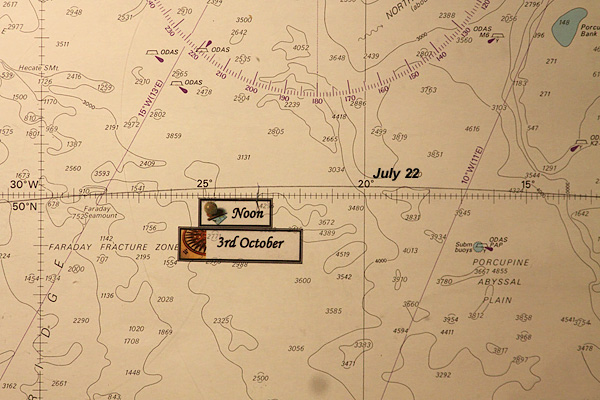
July 22, 2011
The weather was sunny today, but all I saw was a small flock of Gannets and a Herring Gull. Not the most exciting start for birding and wildlife photography while on this voyage, but read on.

July 23, 2011
There were gray skies and some fog, but at least the wildlife improved. Small pods of dophins and a few whales were seen far off in the distance. I saw four species of Shearwaters: Great, Cory's, Manx, and Sooty. The were a good number of Fulmars flying about. It was fun to watch the Fulmars take a running start on the ocean before taking off. Late in the afternoon there was a flock of Great Shearwaters that had landed in the ocean - must have found a school of fish - and they were joined by a few dolphins. A short time later a pair of Skuas were flying just above my eye level on the ship's 11th level observation deck. One was an Arctic Skua and the other a Pomarine Skua.
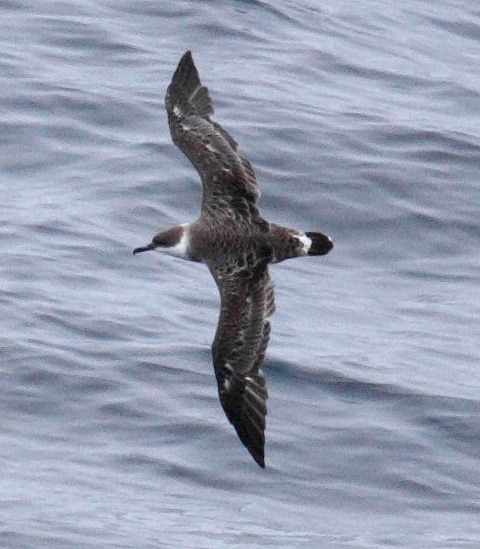
Great Shearwater
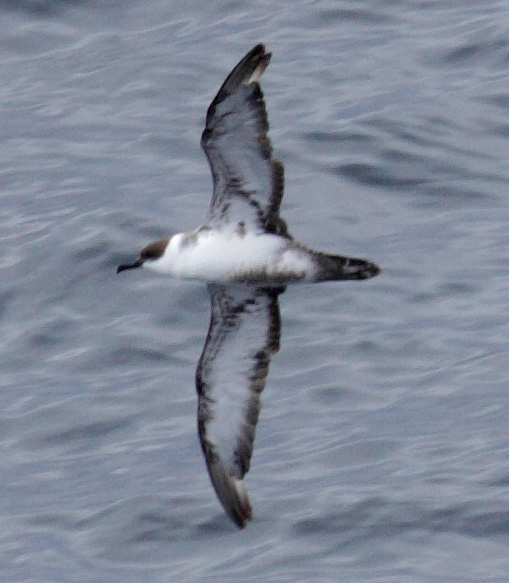
Great Shearwater
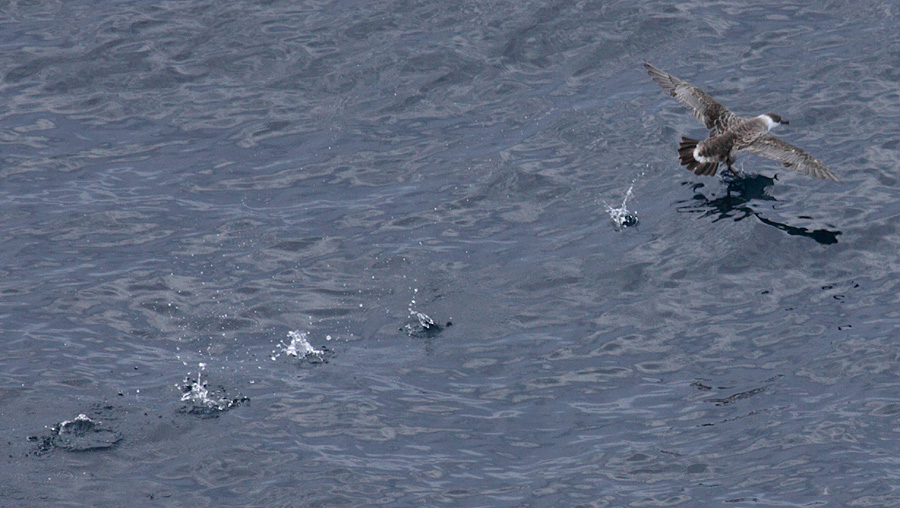
Great Shearwater touch and go

Cory's Shearwater
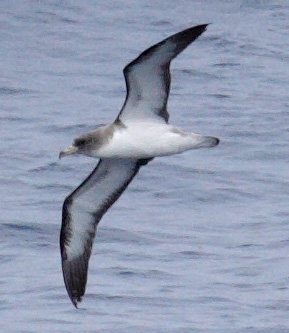
Cory's Shearwater
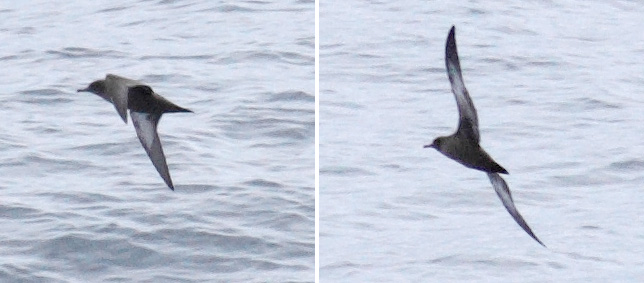
Sooty Shearwater
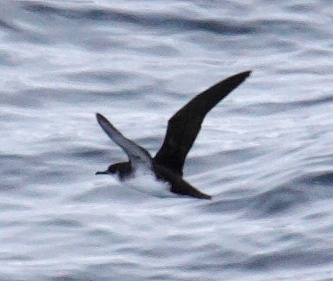
Manx Shearwater
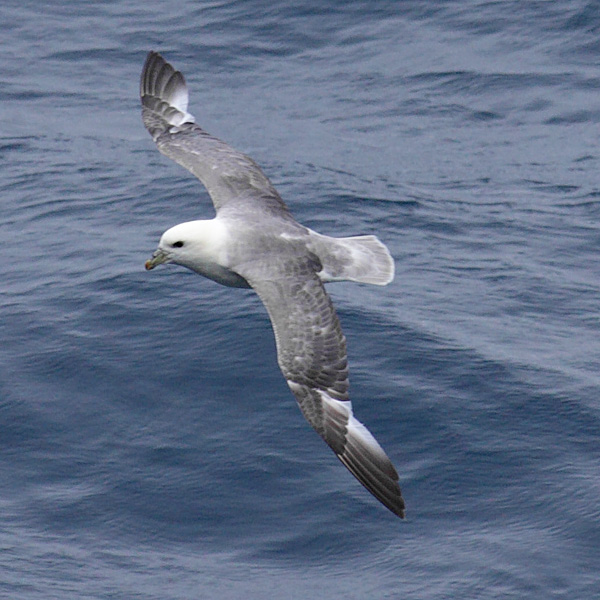
Fulmar
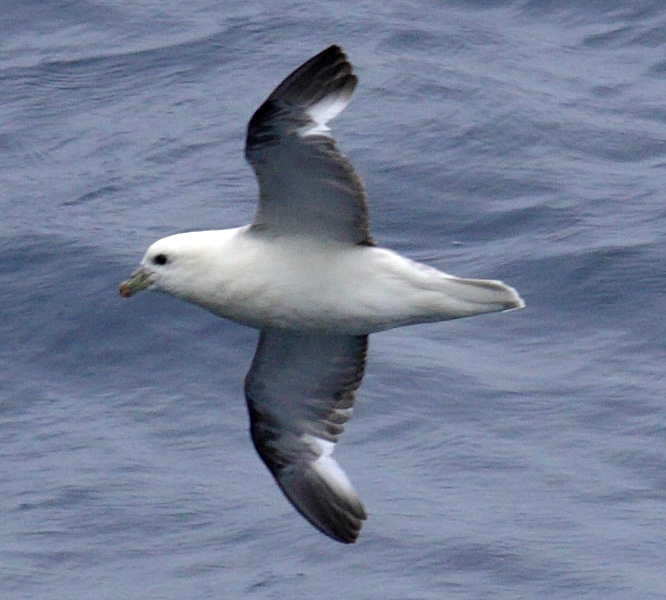
Fulmar

Fulmar taking off
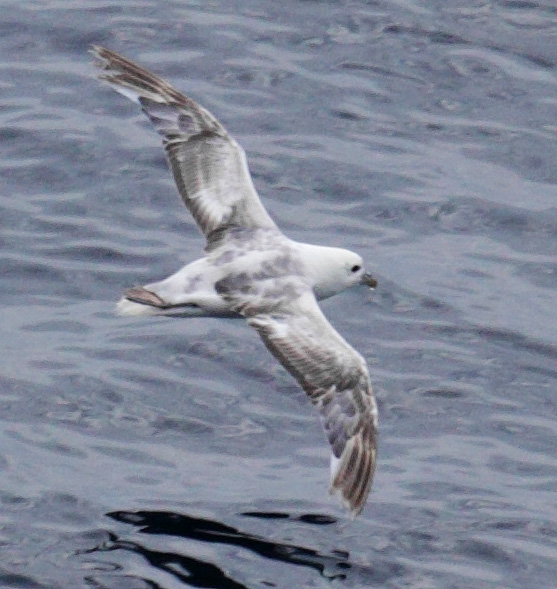
Fulmar
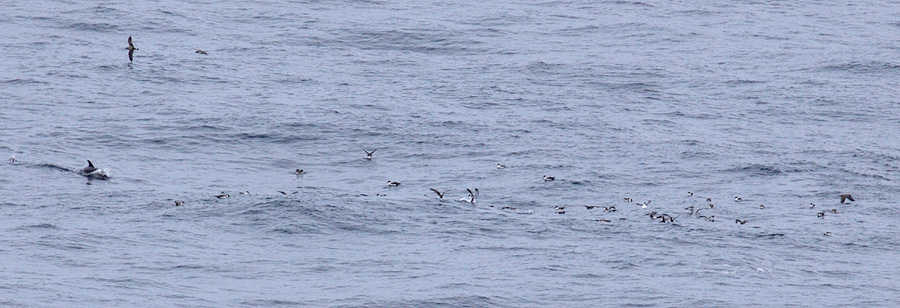
Great Shearwaters and Dolphin
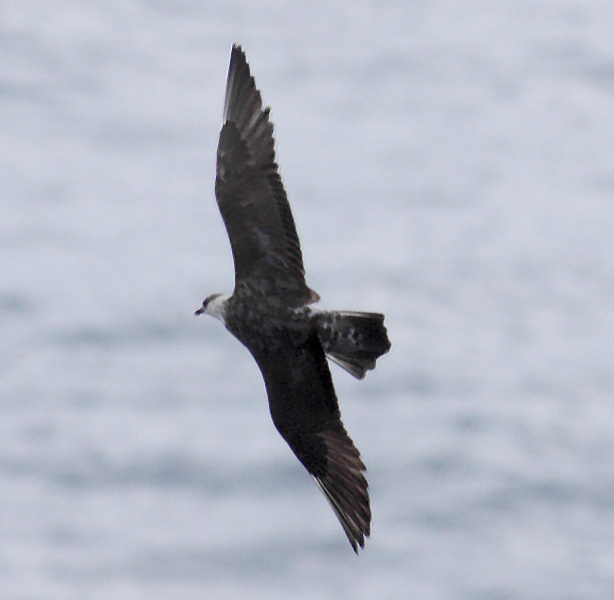
Arctic Skua
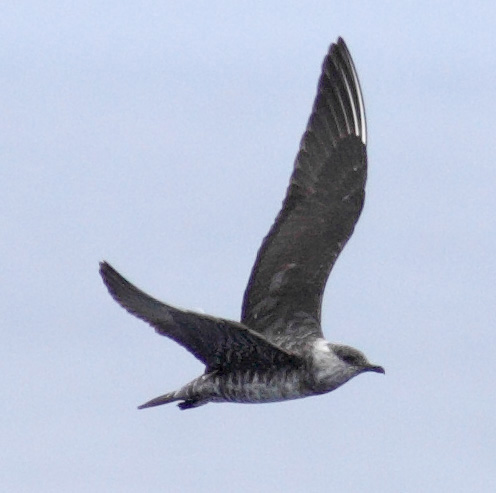
Arctic Skua
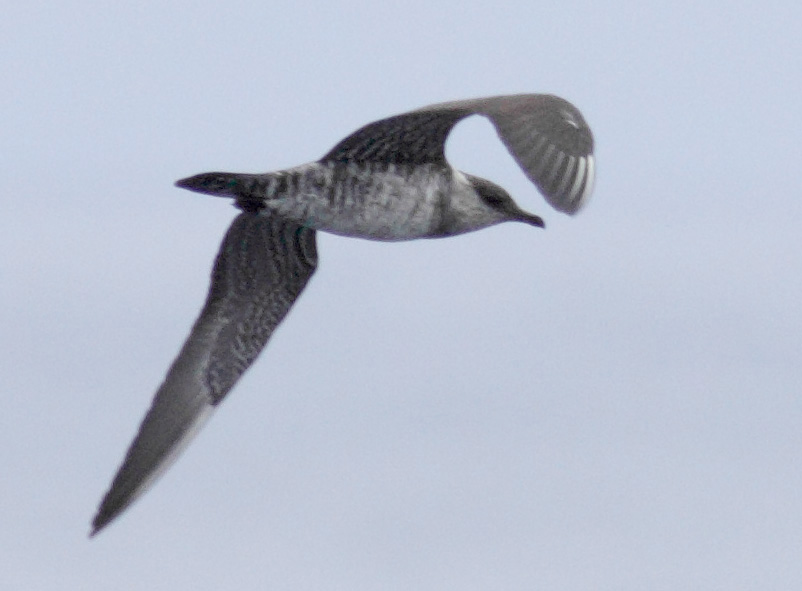
Arctic Skua
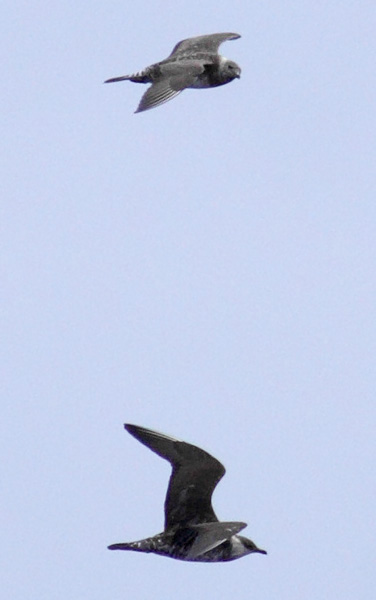
Pomarine Skua above; Arctic Skua below
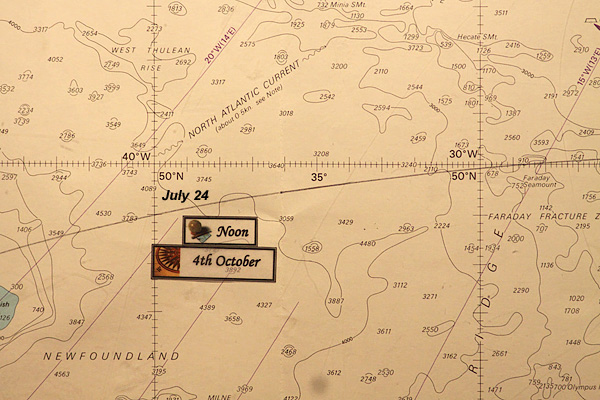
July 24, 2011
After yesterday's good birding, I was hoping for another good day, but it started out and remained foggy almost the entire day. I spotted a few Fulmars, but that was about it. A little before 5 p.m, and just as I was about to start getting ready for evening activities, the fog lifted, and we were sailing under clear and bright sunny skies. I looked out and saw a highway of Great Shearwaters - must have been at least 200 of them, flying along side of the ship. A few of them came very close. Looked like there were both immature birds and adults in the flock. It was really neat to see. Could this be a good sign for the next day? We were approaching the shallower waters of the Grand Banks off the coast of Newfoundland, but the fog was usually heavy there.

Fulmar

Great Shearwaters

Great Shearwater
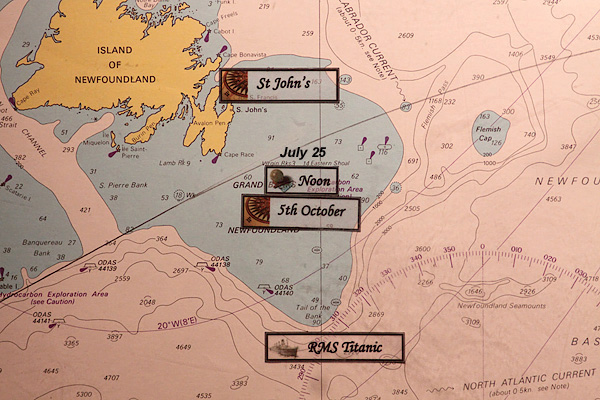
July 25, 2011
With eager anticipation, I awoke, opened the cabin curtains, and saw FOG! Bummers. But the fog soon cleared. Alice and I went for a 2.2 mile walk (6 times around deck 7), and I was treated to some views of a pair of Whimbrels and a Leach's Storm-Petrel. And then the fog returned.
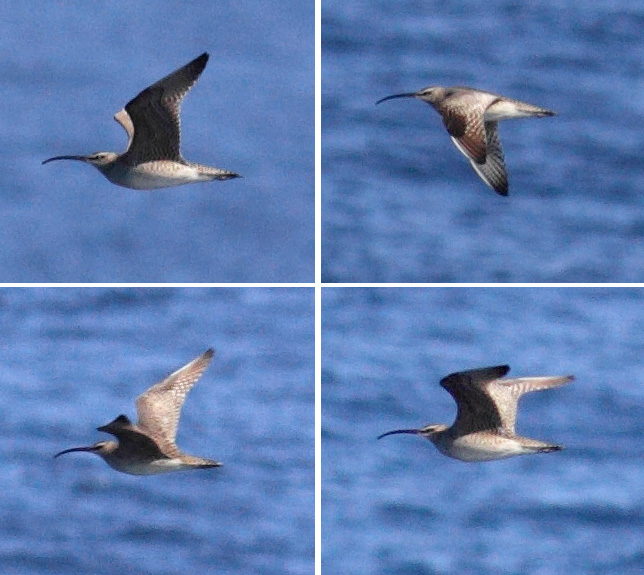
Whimbrel

Leach's Storm-Petrel
However, by mid-day, the fog started to clear again - the ocean was like glass. After lunch I went directly to the observation deck, and from 1:00 to 3:00 p.m. saw very little.
And then the show began. Fulmars, with Red Phalaropes following behind some of the Fulmars, Arctic Terns, Great Black-backed and Herring Gulls, Gannets, some more Red Phalaropes and Leach's Storm-Petrels, Great Shearwaters, and Cory Shearwaters made appearances. The birds were not in large numbers, but the marine wildlife was. With a glass-like sea state, I could see and photograph underwater marine life near the surface, and many of them came close to the ship to see what was going on. There were numerous dolphins, at least a dozen or more whales, and a Swordfish. And then we spotted a curious head pop up from the ocean - it was a gray seal. One after another, the seals kept coming - at least 50 of them. What a treat! The marine life show continued for more than two hours. It was a special and unusual day at sea.
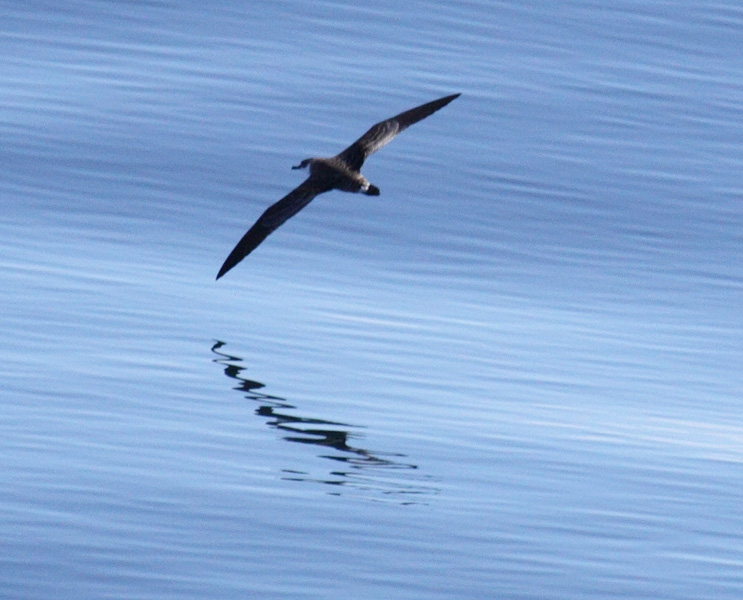
Great Shearwater

Gannet

Immature Herring Gull
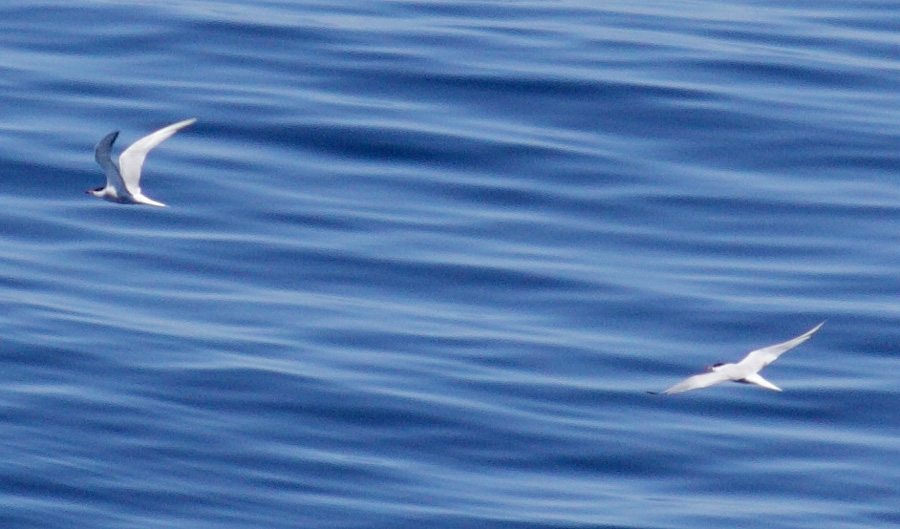
Arctic Terns
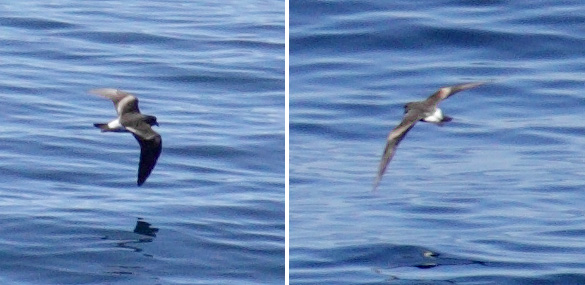
Leach's Storm-Petrels
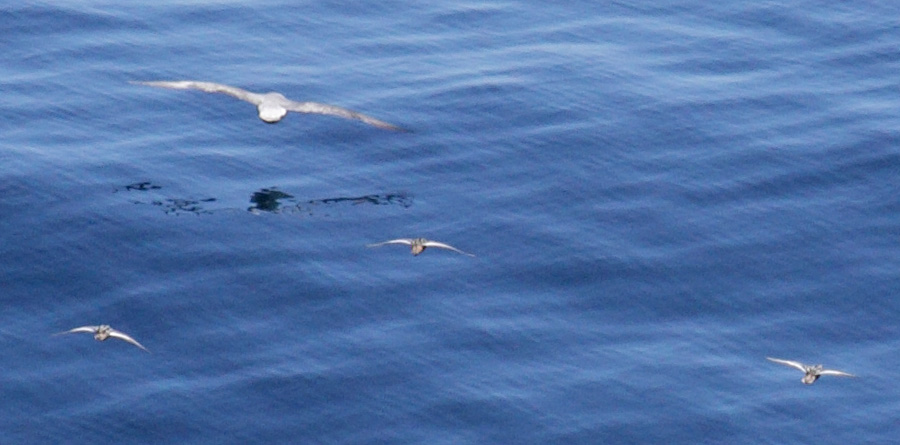
Red Phalaropes following behind a Fulmar
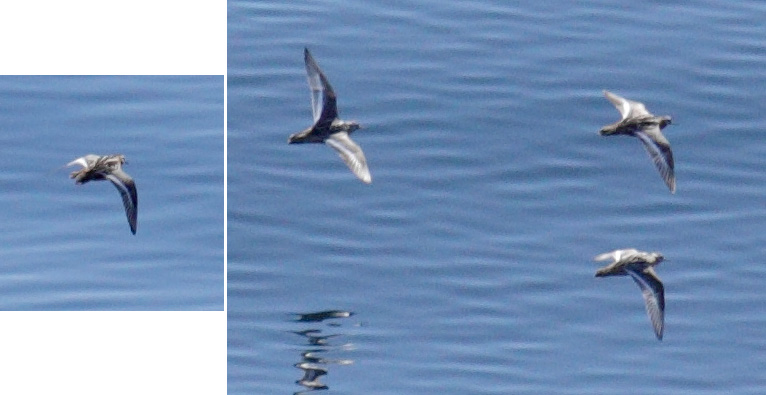
Red Phalaropes
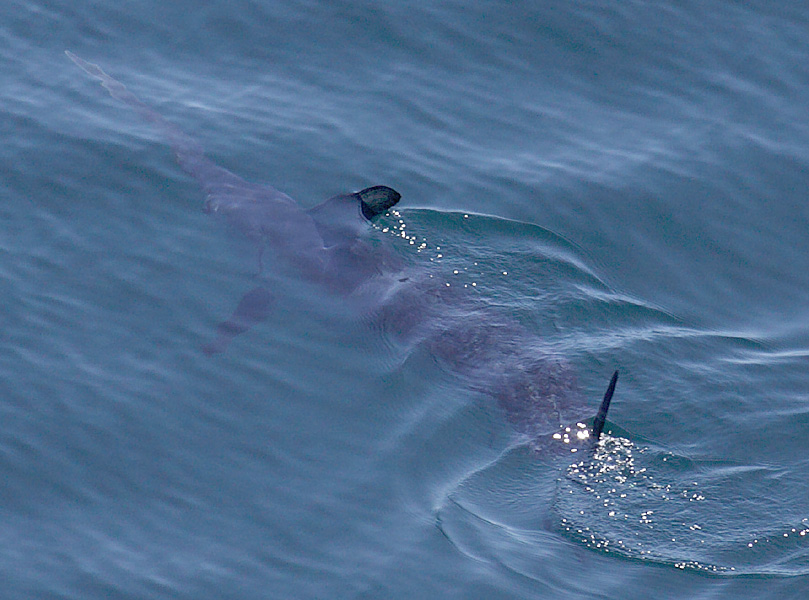
Swordfish

Swordfish
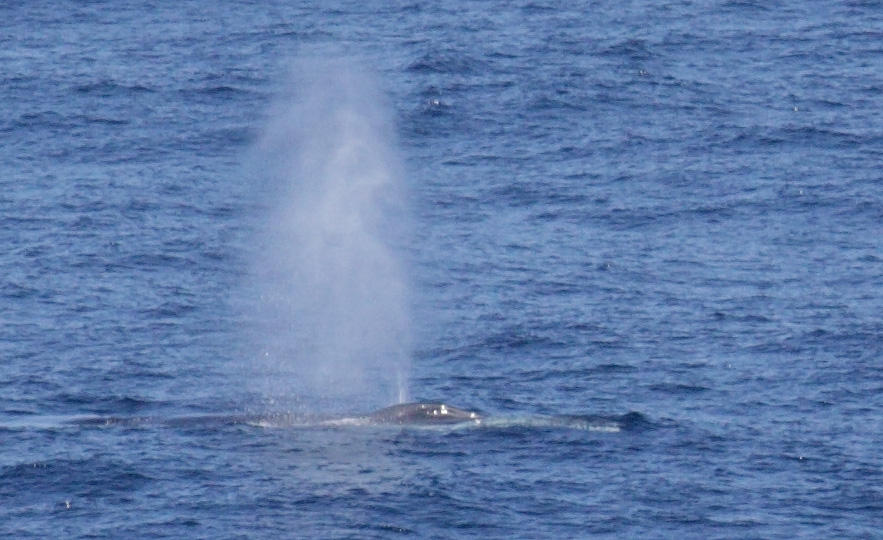
Fin Whale
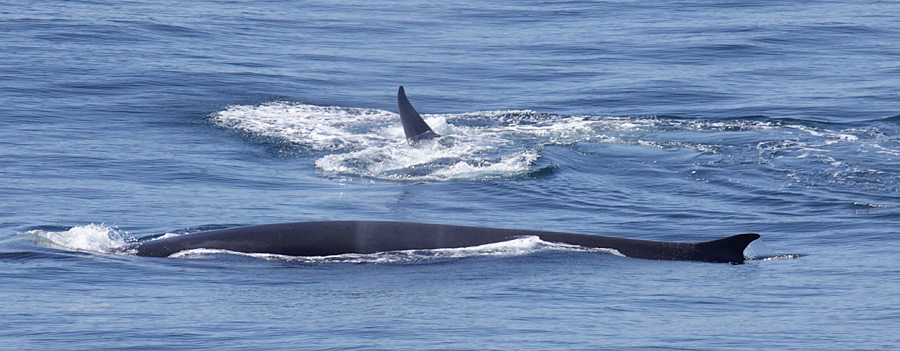
Fin Whales
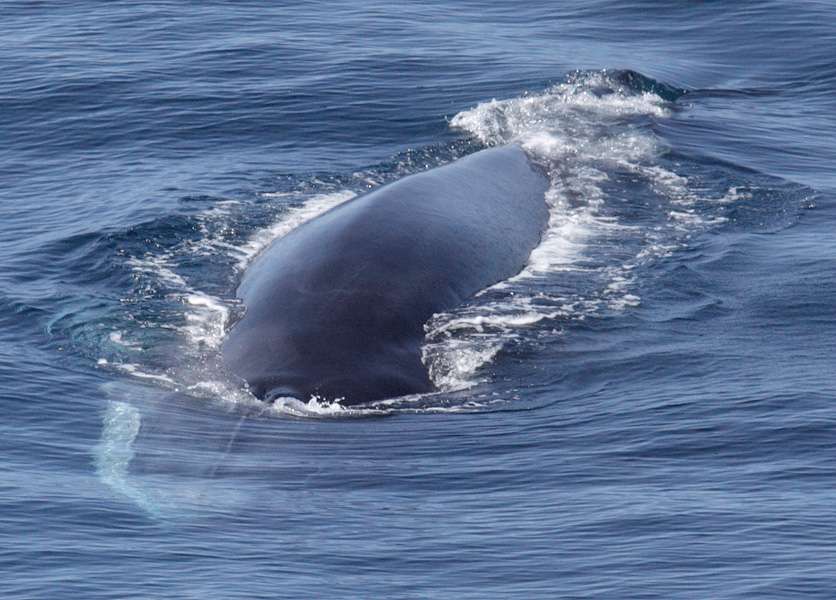
Fin Whale
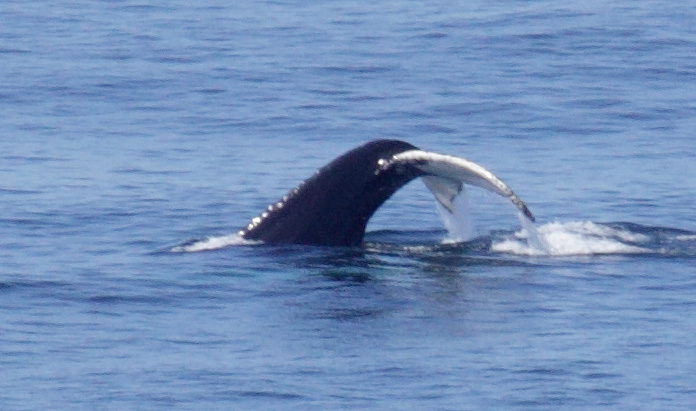
Humpback Whale - white tail
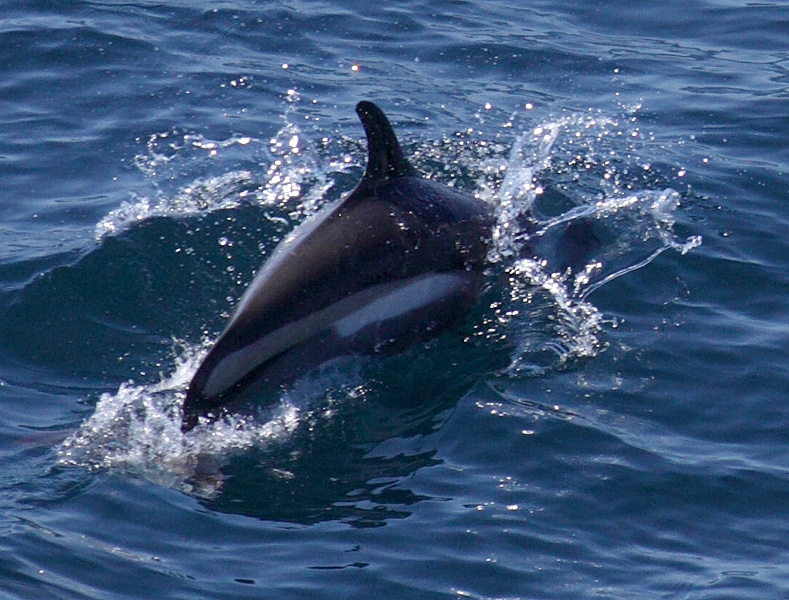
Dolphin
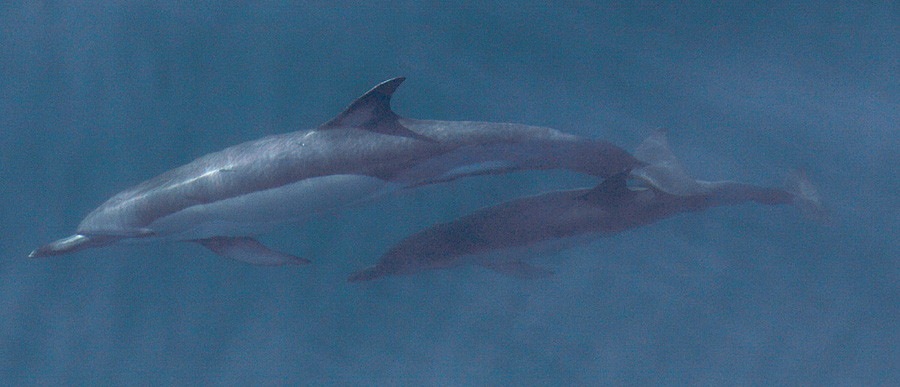
Dolphins
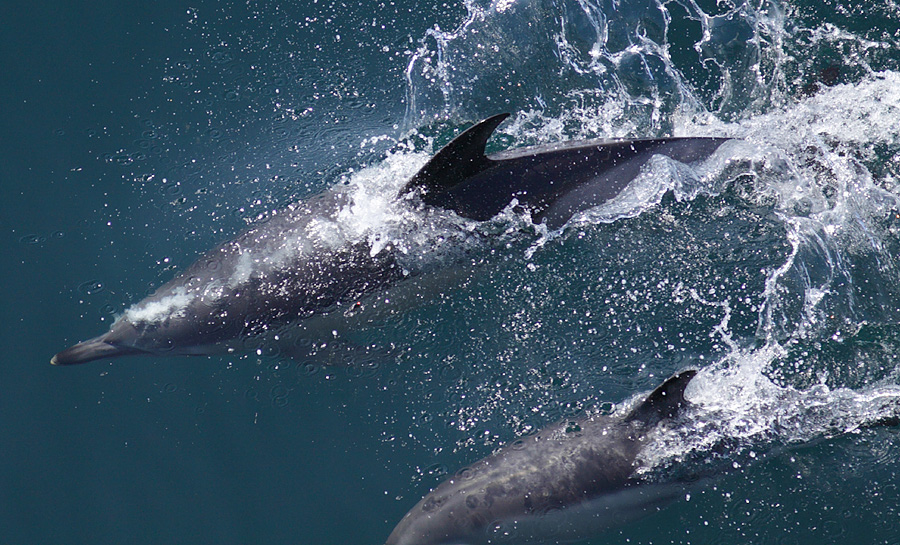
Dolphins
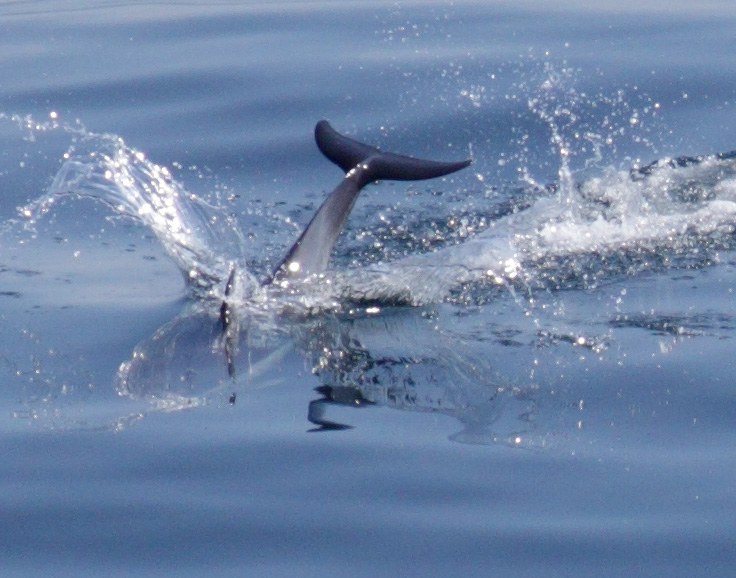
Dolphin
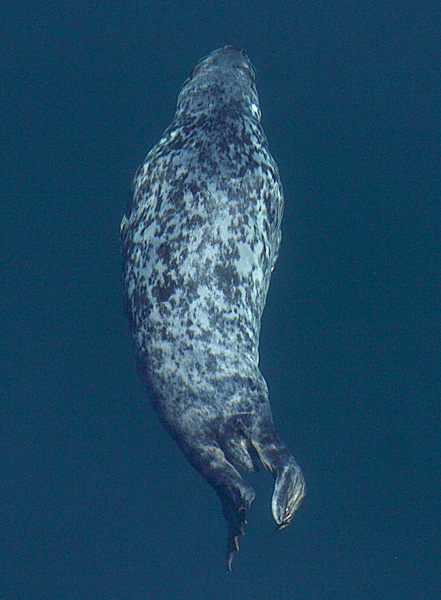
Gray Seal
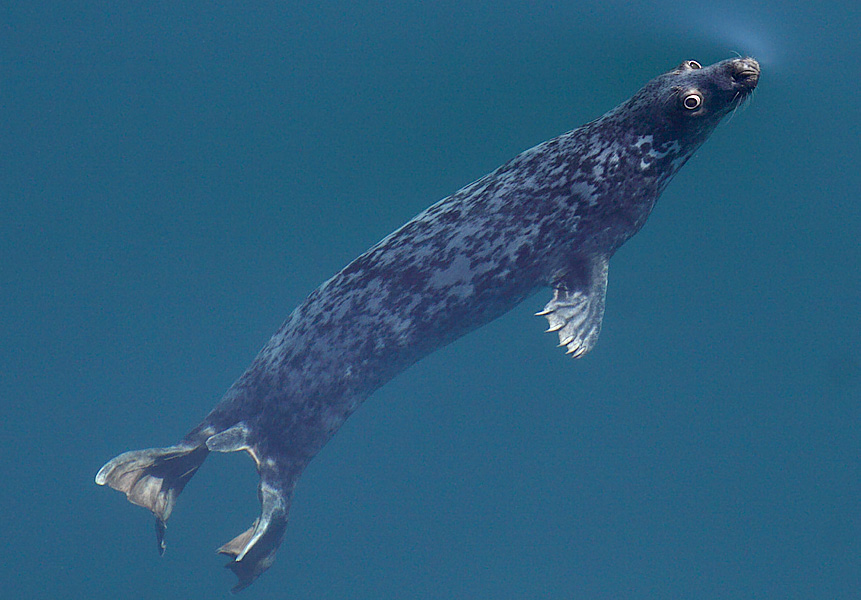
Gray Seal
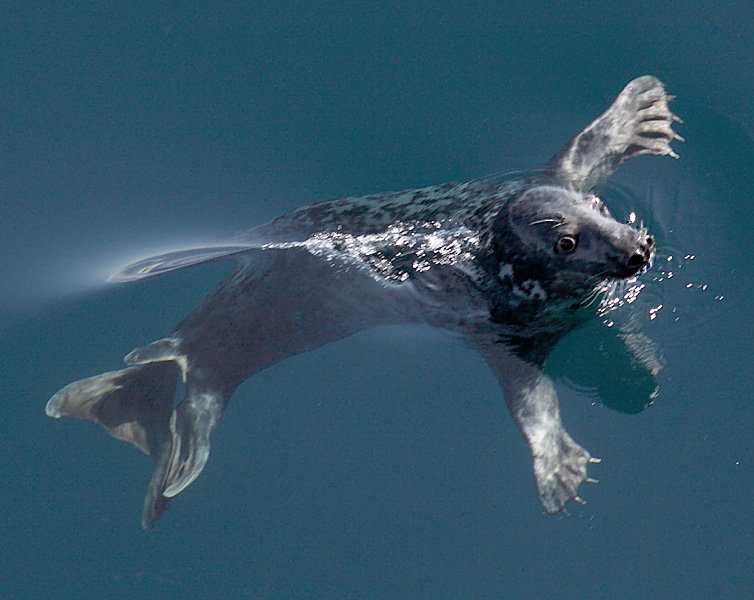
Gray Seal

July 26, 2011
I hoped that this day would be a continuation of yesterday's show, but the fog was really heavy. By noon the fog started to lift, but it was still foggy near the ocean surface. I saw a strange rainbow below me in the ocean surface fog, and looked up to see where the sun was. This was no rainbow, but the ship's glory (pilot's rainbow) that is produced when a shadow is cast upon a cloud. I looked over the ship's rail and could see a glory around the shadow of my head and camera!

My glory
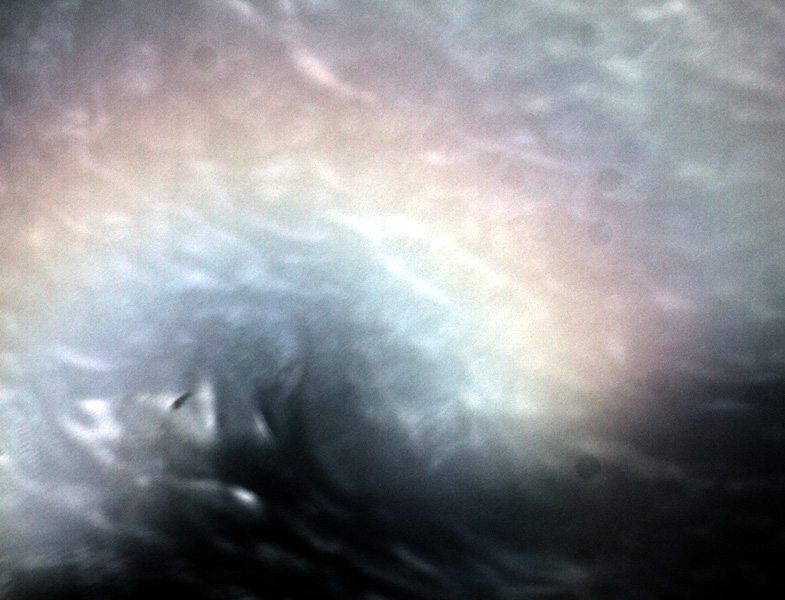
My glory
Finally, the fog lifted, and there were a few more whales and dolphins, Fulmars, and Great Shearwaters. But not a repeat of yesterday's phenomenal sights.
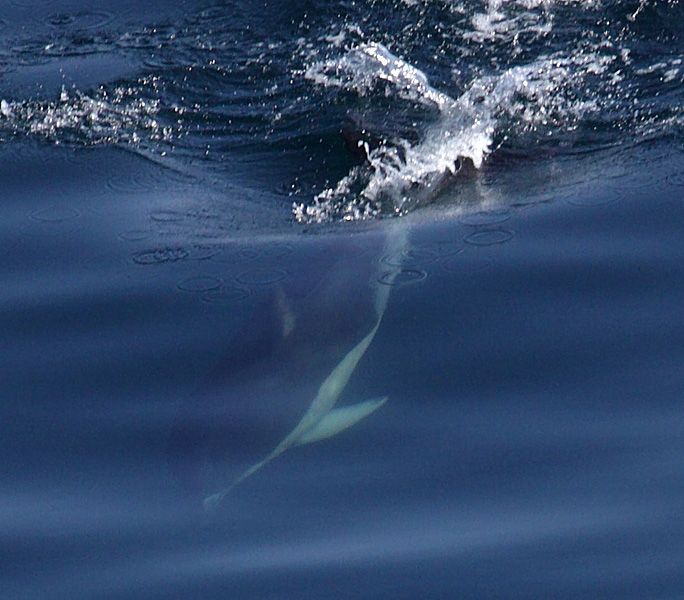
Dolphin
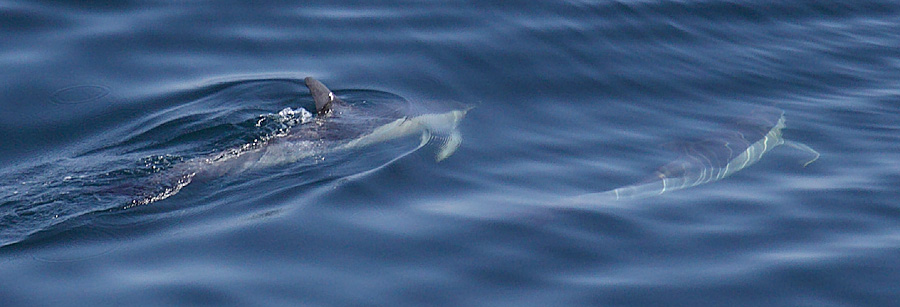
Dolphins
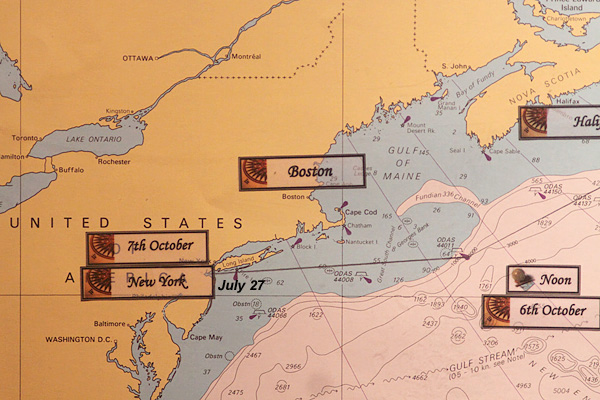
July 27, 2011
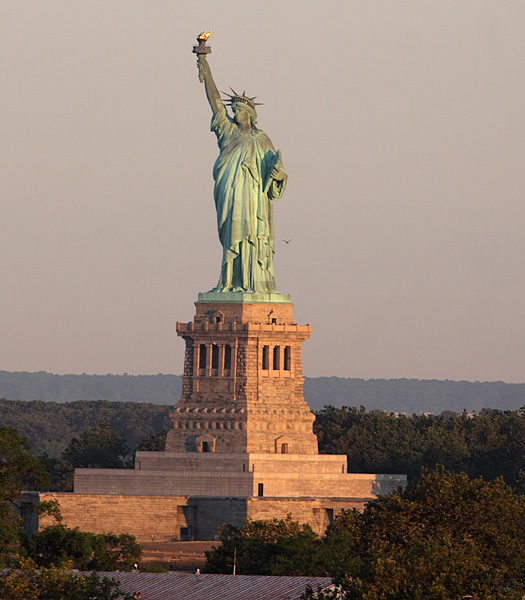
Statue of Liberty
We docked in New York before sunrise and got an great early morning view of Lady Liberty. The early morning sunlight bathed the birds in warm, yellow light. I saw Ring-billed, Great Black-backed, and Laughing Gulls; a Double-crested Cormorant; numerous Common Terns, and one lone American Crow.
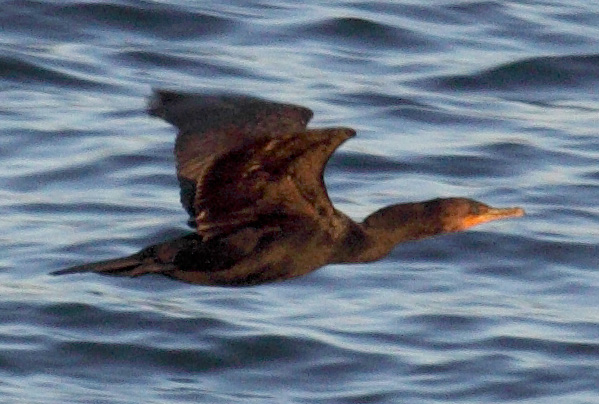
Double-crested Cormorant
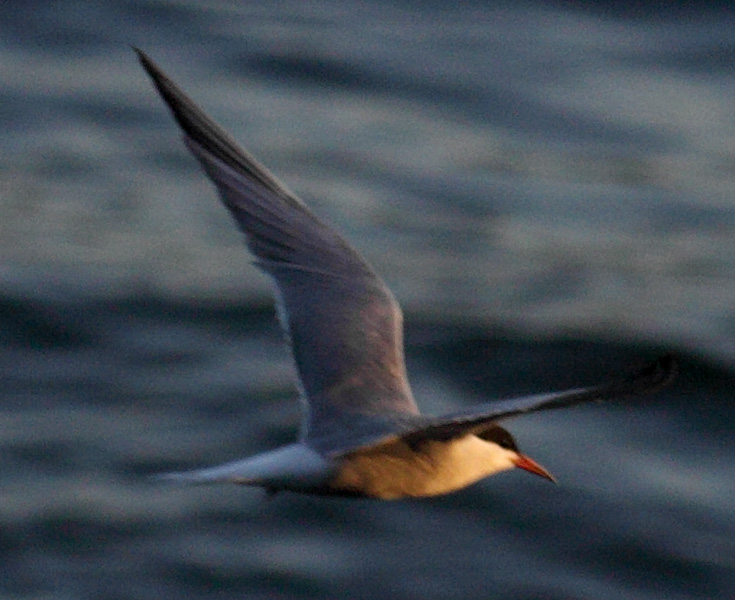
Common Tern

Ring-billed Gull
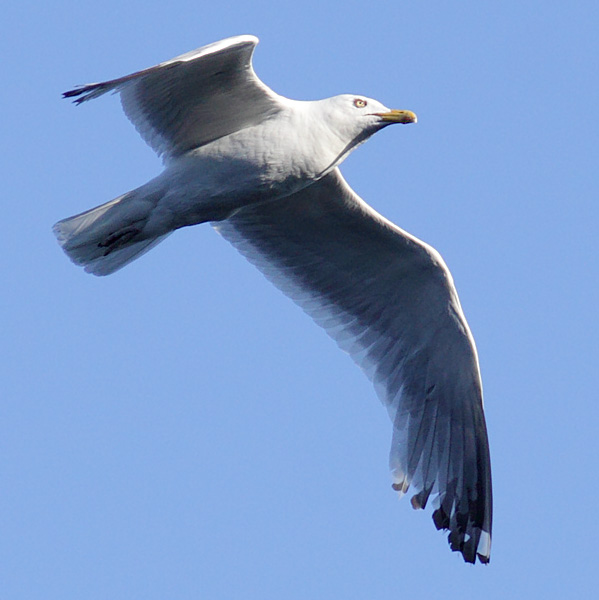
Great Black-backed Gull
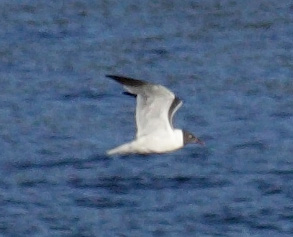
Laughing Gull
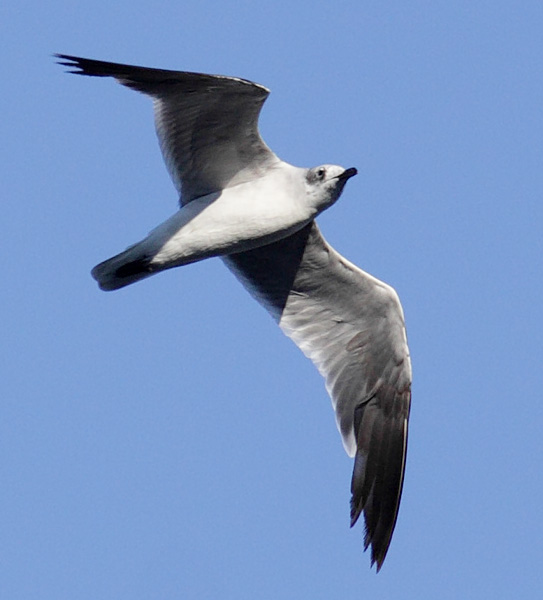
Laughing Gull
Special thanks go to Dr. Jon Holmes, Queen Mary 2 Medical Officer, a birder of 40+ years who not only gave a very good presentation on birds that might be seen on the voyage, but also helped me to identify some of the birds I saw during this voyage, and identified my two unknown birds from the voyage last October.
 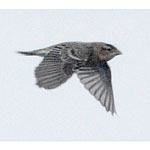 |
 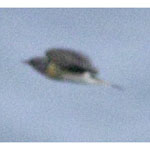 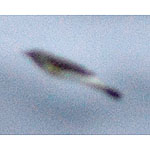 |